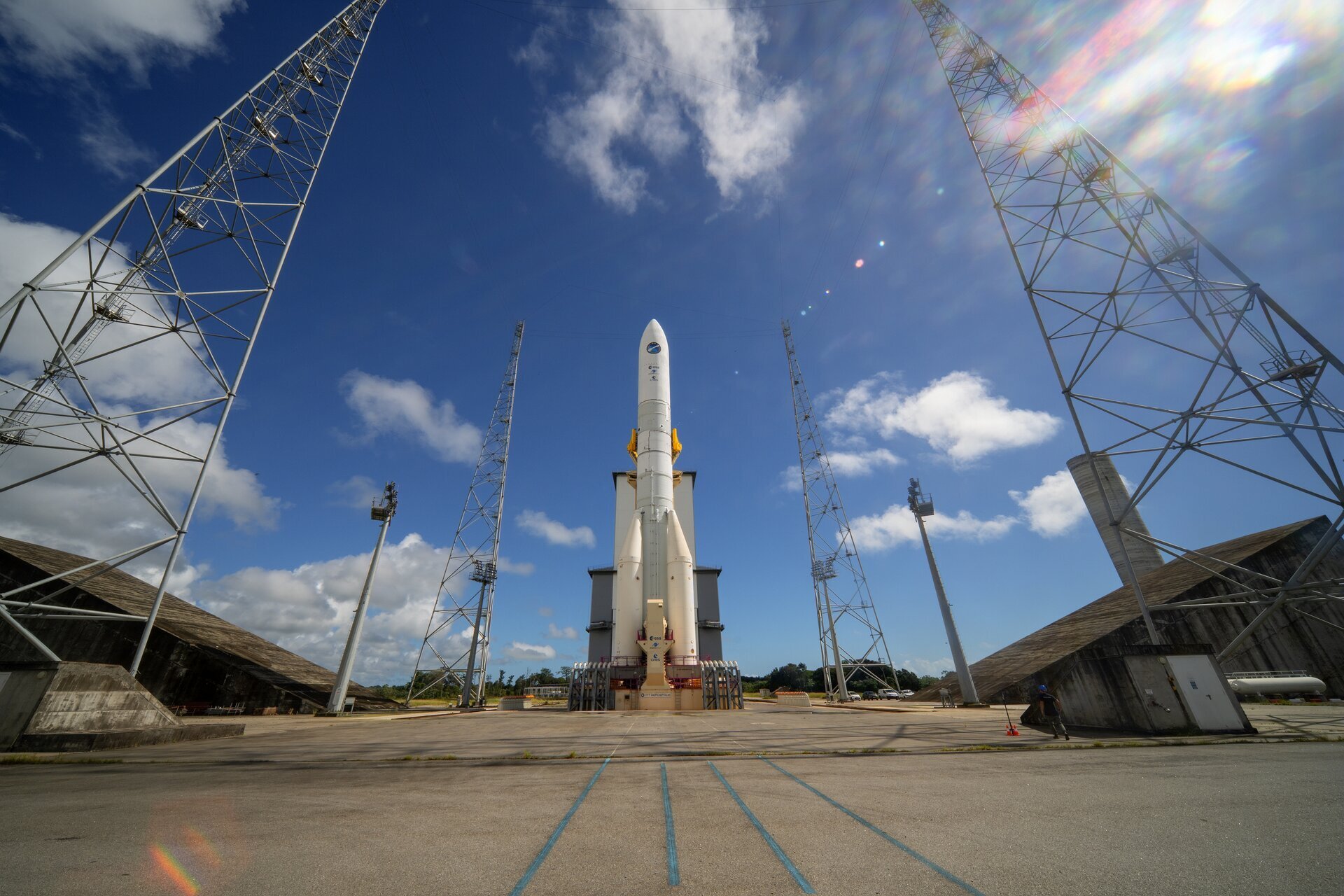16.10.2025

The excellent data Arianespace has collected on the Ariane 6 medium-to-heavy-lift launcher is evidence of the level of its engineering, Josef Aschbacher, director general of the European Space Agency (ESA), said Oct. 14.
His comments highlight the return of guaranteed, sovereign access to space for Europe, after a period of crisis. Between 2022 and 2024, ESA countries had no or few homegrown options to launch their satellites. Ariane 5 was being retired, Ariane 6 was late, Vega and Vega C had suffered repeated failures and the full-scale invasion of Ukraine effectively terminated the partnership with Russia.
Europe's experience with Ariane 6 has been somewhat mixed. The launch cadence has been slower than planned, but performance and reliability have largely met objectives. The approach also contrasts with SpaceX's trial-and-error philosophy. Engineers have seen increasingly satisfactory data from Ariane 6 launches, Arianespace CEO David Cavaillolès said last month, emphasizing the August flight was almost flawless.
“On the launcher, you have hundreds of sensors, measuring all kinds of parameters,” Aschbacher said, speaking during a meeting organized by the French association of aerospace journalists. “The parameters' values need to be within a given range, and of course, you want to fine-tune those results for even better performance.” One visible outcome has been Ariane 6's accuracy in orbital injection, Aschbacher said. That accuracy has been very high, so the satellites had to use little fuel, if any, to correct their orbit, he said.
Arianespace has scheduled Ariane 6's next flight for Nov. 4, when it launches the European Commission's Sentinel-1D Earth-observation satellite. With one more launch by year-end, the company is planning to bring 2025's total to four launches. This year's planned cadence was six launches, but it was downgraded to five and then four launches. Nevertheless, the statistic of success at first launch stands at only 53% and Ariane 6's ensuing ramp-up is one of the fastest in the history of heavy launchers, Aschbacher said.
“That shows it was well designed and very few adjustments were needed after the first flight,” he said. The number of launches in 2026 will be close to the nominal cadence of nine launches per year, which will be reached in 2027, he said. Executives in the European space industry have referred to Ariane 6's target cadence as nine or 10, without settling on a precise number.
Quelle: AVIATION WEEK
